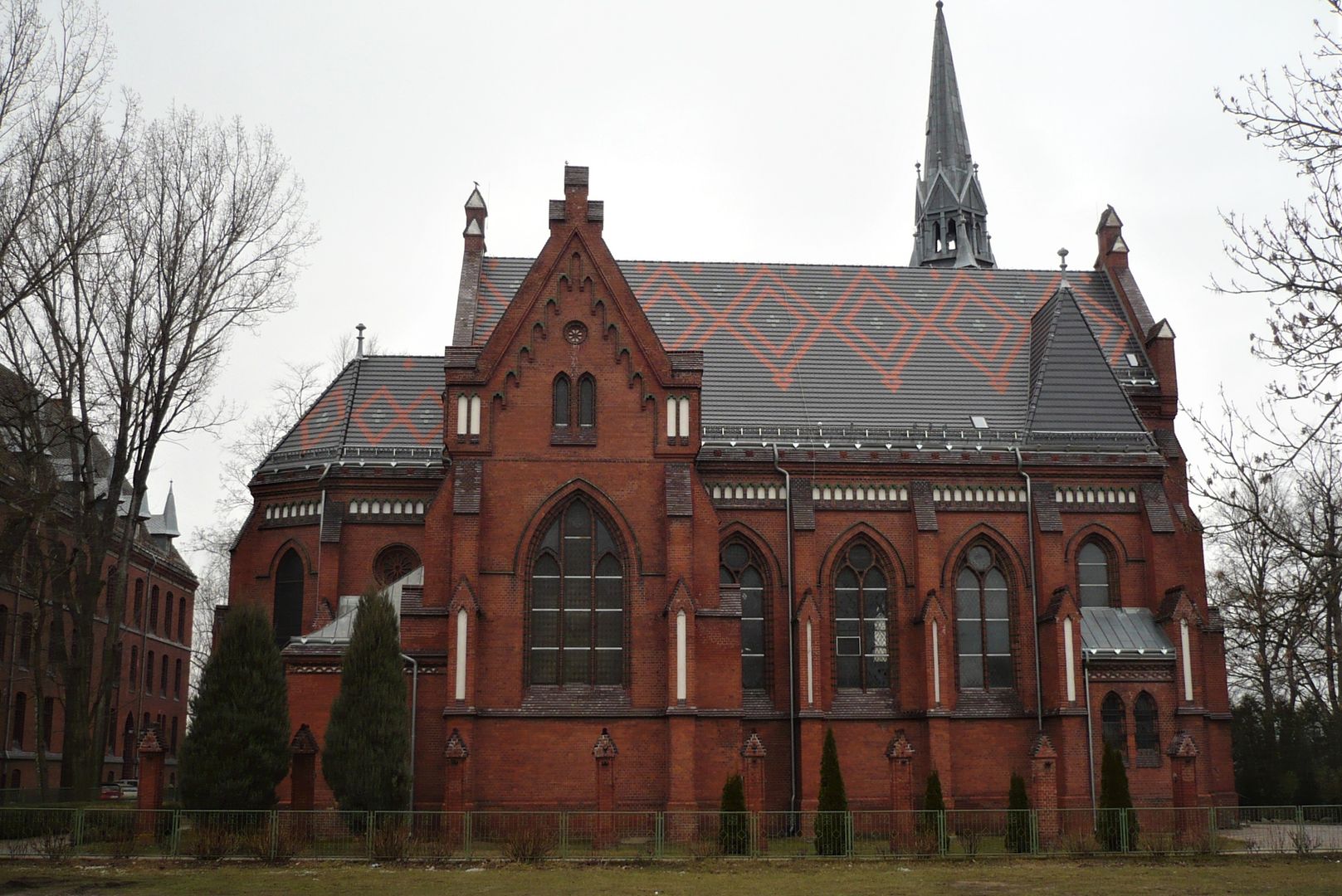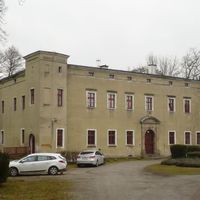Dobroszyce
6.18

Overview
Dobroszyce is a village in Poland, located in the Lower Silesian Voivodeship, known for its historic spatial layout and numerous monuments. The settlement, dating back to the 15th–17th centuries, preserves a rectangular urban plan with a market square, and its architecture is distinguished by a palace complex, which was originally a Renaissance castle built for Andreas von Henge. The castle, transformed into a Baroque residence by Duke Julius Sigismund in 1676, was surrounded by ramparts and a moat. After numerous reconstructions, only some original elements remain, such as Renaissance windows and a Baroque portal. Dobroszyce also features gardens from the 17th and 19th centuries, as well as a complex of neo-Gothic buildings related to an orphanage and the Church of St. Hedwig, built between 1894 and 1895. Historically, Dobroszyce was first mentioned in 1405. In 1663, a new settlement—Juliusburg—was established next to the village, contributing to its dynamic development as a center of craftsmanship in the 17th and 18th centuries. In the 19th century, the settlement lost its town rights, and during World War II, it housed a prisoner-of-war camp. After the war, Dobroszyce was incorporated into Poland, with its German population replaced by Polish settlers. In terms of culture, Dobroszyce is known for the Early Music Ensemble Carmen Alacre, which has won numerous awards at music festivals, and their artistic activities include performances at various cultural events. The Municipal Cultural Center also organizes other forms of artistic activity, including theaters and singing groups. The village has educational institutions and a public library, and football is an important part of the local sports culture. The club Dąb Dobroszyce, despite some temporary successes, currently plays at a lower level. Dobroszyce combines history, architecture, culture, and sports, making it an interesting place on the map of Lower Silesia.
Location
You can also find here:
2025 Wizytor | All Rights Reserved
